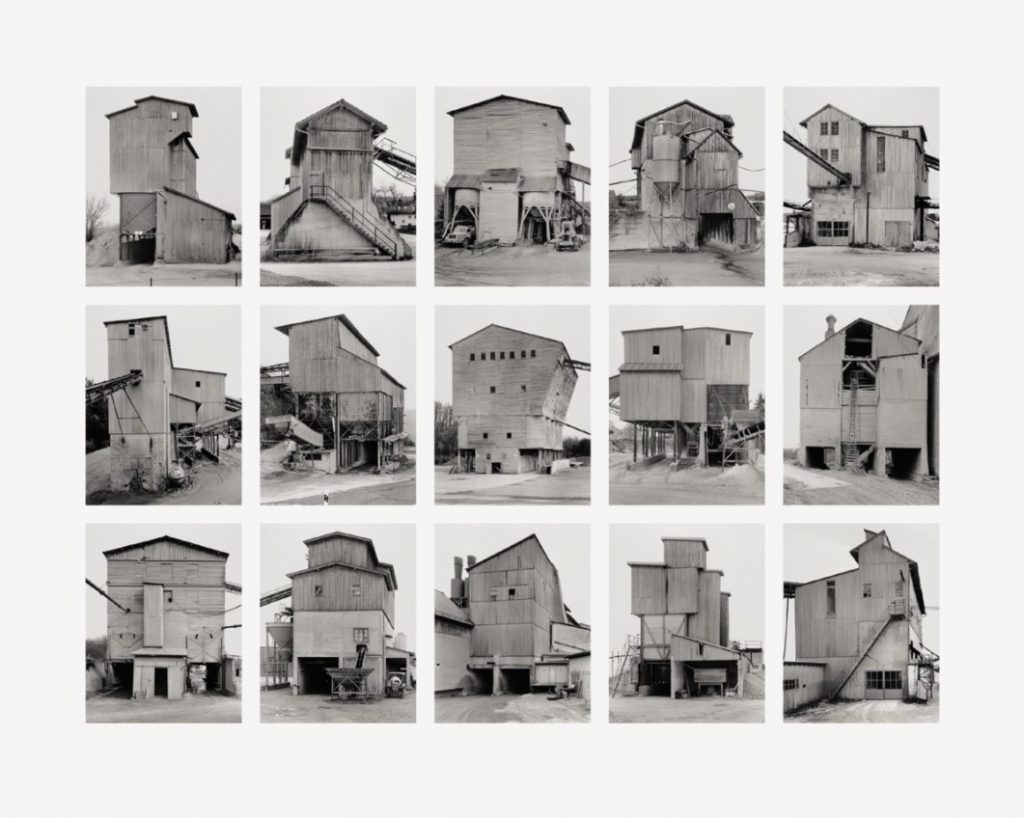
Presentation
Following the lineage of discourses that underscored the autonomy of form as a defining tenet of architecture, focus on the genesis of form gradually shifted in the late 20th century, when technological advances enabled architects to analyze and explore form making using innovative data analysis and digital techniques. More recently, machines now have the capacity to learn from collected data (from a wide variety of sources, such as geographical information, artistic images, architectural precedents, environmental, political, social, and cultural data) and thus can contribute in unprecedented ways to architectural form making. The conventional role of the architect as ‘sole author’ and prime ‘form giver’ has given way to breakthrough capabilities of a new generation of architects working at the interface between human and machine, a shift that has reframed form generation in design disciplines, within the ever-expanding framework of artificial intelligence and big data.
Prof. Jeffrey Huang, responsible for the orientation
2 September presentation – coming soon
Training contents 2024-2025 |
||
|---|---|---|
|
Compulsory |
||
| Studios | Teachers | C |
| Studio MA1** | Huang / Weinand | 12 |
| TU (Teaching units) |
||
| UE N : Constructing the view** | Schaerer | 4 |
| Courses | ||
| Domestic space in the 20th century | Aureli | 3 |
| Constructing the View : Still Life** | Schaerer | 3 |
|
Recommended |
||
| Studios | ||
| Studio MA2 | Huang / Weinand | 12 |
| TU (Teaching units) | ||
| UE N : Constructing the view | Schaerer | 4 |
| Courses | ||
| Constructing the View : In Motion | Schaerer | 3 |
| Digital Design and Making: A critical introduction | Parascho | 3 |
| ** compulsorily one of the courses, all of which can be taken, and compulsorily one of the teaching units and one of the studios | ||